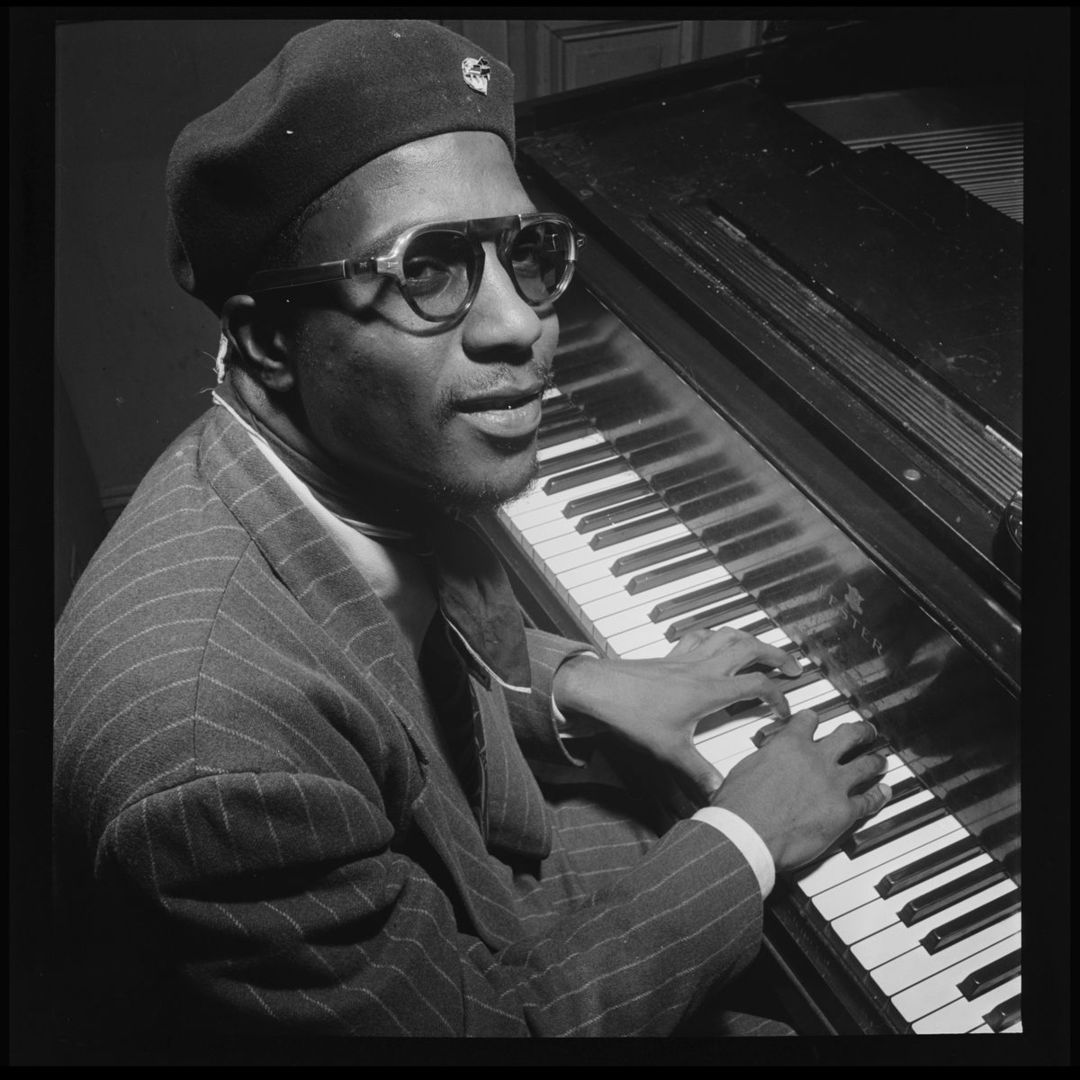“Don’t play everything (or every time); let some things go by… What you don’t play can be more important than what you do.”
— Thelonious Monk

In 1960 Thelonious Monk (October 10, 1917 – February 17, 1982) delivered his 25 Tips for Musicians. Could Monk’s eccentric compositions, and piano playing noted for dissonances, spaces, angular melodic twists and rhythmic bursts be the product of rules? As Stanley Crouch put it, “He is the first Picasso of jazz, the first Afro-American musician to develop a style that willfully shunned overt virtuosity in favor of a control of the elements of the music in fresh ways.”
Was Monk’s apparent otherness deliberate and performative? David A Graham noted how Monk could be seen “dancing to the side of the stage while sidemen soloed”. Why get up and dance? Why not? “I get tired sitting down at the piano,” said Monk of his dancing. “That way I can dig the rhythm better.”
So should you follow Monk’s rules? Maybe you already are. Kamasi Washington told The Root, “If you’re a jazz musician and you think you’re not influenced by Thelonious Monk, either you’re not a jazz musician or you are influenced by Thelonious Monk.”
Saxophonist Steve Lacy (July 23, 1934 – June 4, 2004), who played in Monk’s band in 1960 and later on Monk’s Big Band and Quartet in Concert album (Columbia, 1963), wrote down what the great jazz pianist had to say. And here are Thelonious Monk’s 25 Tips for Musicians:

T.MONK’S ADVICE (1960)
JUST BECAUSE YOU’RE NOT A DRUMMER, DOESN’T MEAN YOU DON’T HAVE TO KEEP TIME.
PAT YOUR FOOT & SING THE MELODY IN YOUR HEAD, WHEN YOU PLAY.
STOP PLAYING ALL THOSE WEIRD NOTES (THAT BULLSHIT), PLAY THE MELODY!
MAKE THE DRUMMER SOUND GOOD.
DISCRIMINATION IS IMPORTANT.
YOU’VE GOT TO DIG IT TO DIG IT, YOU DIG?
ALL REET!
ALWAYS KNOW… (MONK)
IT MUST BE ALWAYS NIGHT, OTHERWISE THEY WOULDN’T NEED THE LIGHTS.
LET’S LIFT THE BAND STAND!!
I WANT TO AVOID THE HECKLERS.
DON’T PLAY THE PIANO PART, I’M PLAYING THAT. DON’T LISTEN TO ME. I’M SUPPOSED TO BE ACCOMPANYING YOU!
THE INSIDE OF THE TUNE (THE BRIDGE) IS THE PART THAT MAKES THE OUTSIDE SOUND GOOD.
DON’T PLAY EVERYTHING (OR EVERY TIME); LET SOME THINGS GO BY. SOME MUSIC JUST IMAGINED. WHAT YOU DON’T PLAY CAN BE MORE IMPORTANT THAT WHAT YOU DO.
ALWAYS LEAVE THEM WANTING MORE.
A NOTE CAN BE SMALL AS A PIN OR AS BIG AS THE WORLD, IT DEPENDS ON YOUR IMAGINATION.
STAY IN SHAPE! SOMETIMES A MUSICIAN WAITS FOR A GIG, & WHEN IT COMES, HE’S OUT OF SHAPE & CAN’T MAKE IT.
WHEN YOU’RE SWINGING, SWING SOME MORE!
(WHAT SHOULD WE WEAR TONIGHT? SHARP AS POSSIBLE!)
DON’T SOUND ANYBODY FOR A GIG, JUST BE ON THE SCENE. THESE PIECES WERE WRITTEN SO AS TO HAVE SOMETHING TO PLAY, & TO GET CATS INTERESTED ENOUGH TO COME TO REHEARSAL.
YOU’VE GOT IT! IF YOU DON’T WANT TO PLAY, TELL A JOKE OR DANCE, BUT IN ANY CASE, YOU GOT IT! (TO A DRUMMER WHO DIDN’T WANT TO SOLO).
WHATEVER YOU THINK CAN’T BE DONE, SOMEBODY WILL COME ALONG & DO IT. A GENIUS IS THE ONE MOST LIKE HIMSELF.
THEY TRIED TO GET ME TO HATE WHITE PEOPLE, BUT SOMEONE WOULD ALWAYS COME ALONG & SPOIL IT.
Lead Image: Portrait of Thelonious Monk, Minton’s Playhouse, New York – by William P. Gottlieb – 1947 – buy a fine art print of it here.
Would you like to support Flashbak?
Please consider making a donation to our site. We don't want to rely on ads to bring you the best of visual culture. You can also support us by signing up to our Mailing List. And you can also follow us on Facebook, Instagram and Twitter. For great art and culture delivered to your door, visit our shop.

